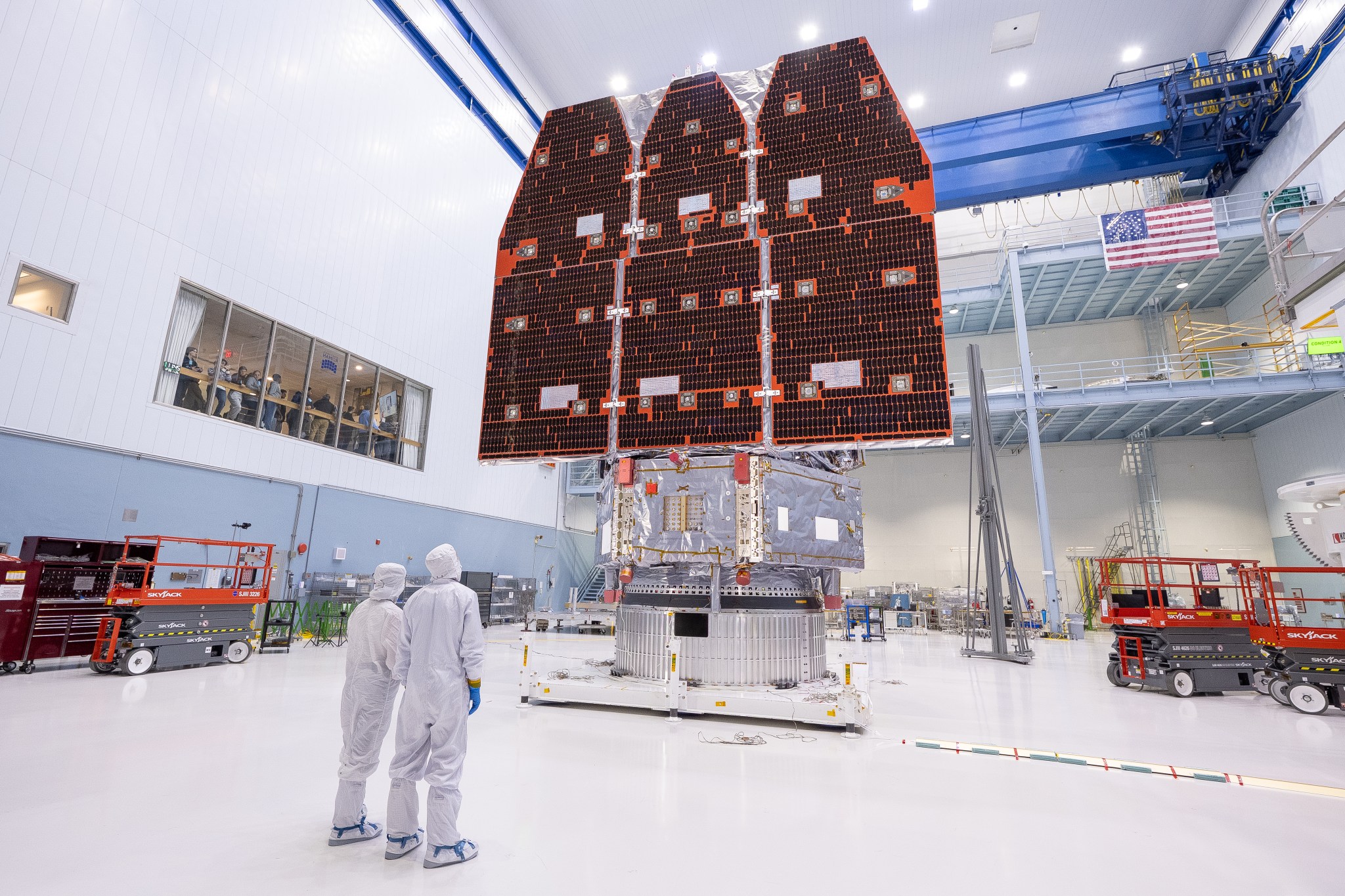Astronomers using ESO’s ground-based Very Large Telescope (VLT) in Chile are watching the development of Comet 67P/Churyumov-Gerasimenko’s coma and tail from Earth. This image is based on data acquired on 22 May and is about 300 000 km wide at the distance of the comet. The comet’s dusty coma and tail is swept away from the Sun, which is towards the left of the image in this orientation. The tail can be seen to stretch at least 120 000 km in this relatively shallow image, and in deeper images, the coma alone is estimated to be at least 80–100 000 km across. As each pixel in this image spans roughly 400 km at the comet, both Rosetta and the nucleus of 67P/C-G are too small to be resolved. But images like these provide important context information for the images taken by the spacecraft close to the comet, as its activity increases towards perihelion. At the time the image was taken Rosetta and the comet were about 238 million km from the Sun; at perihelion on 13 August they will be between the orbits of Earth and Mars at a distance of about 186 million km from the Sun. This image will be shown as part of the BBC Sky at Night TV programme in the UK on Sunday 14 June. The episode is a Rosetta special and includes interviews with a number of scientists discussing what we have learned about Comet 67P/C-G so far.
from Rosetta - ESA's comet chaser » Rosetta - ESA's comet chaser http://ift.tt/1B7XjCD
via IFTTT
Tools and thoughts!
Subscribe to:
Post Comments (Atom)
NASA’s Nancy Grace Roman Space Telescope Completed
Over the course of several hours, technicians meticulously connected the inner and outer segments of NASA’s Nancy Grace Roman Space Tel...

-
NASA has exercised the second option of its Information Technology and Multimedia Services (ITAMS) contract with DB Consulting Group, Inc., ...
-
4 min read NASA X-ray Telescopes Reveal the “Bones” of a Ghostly Cosmic Hand Credit: X-ray: NASA/CXC/Stanford Univ./R. Romani e...

No comments:
Post a Comment